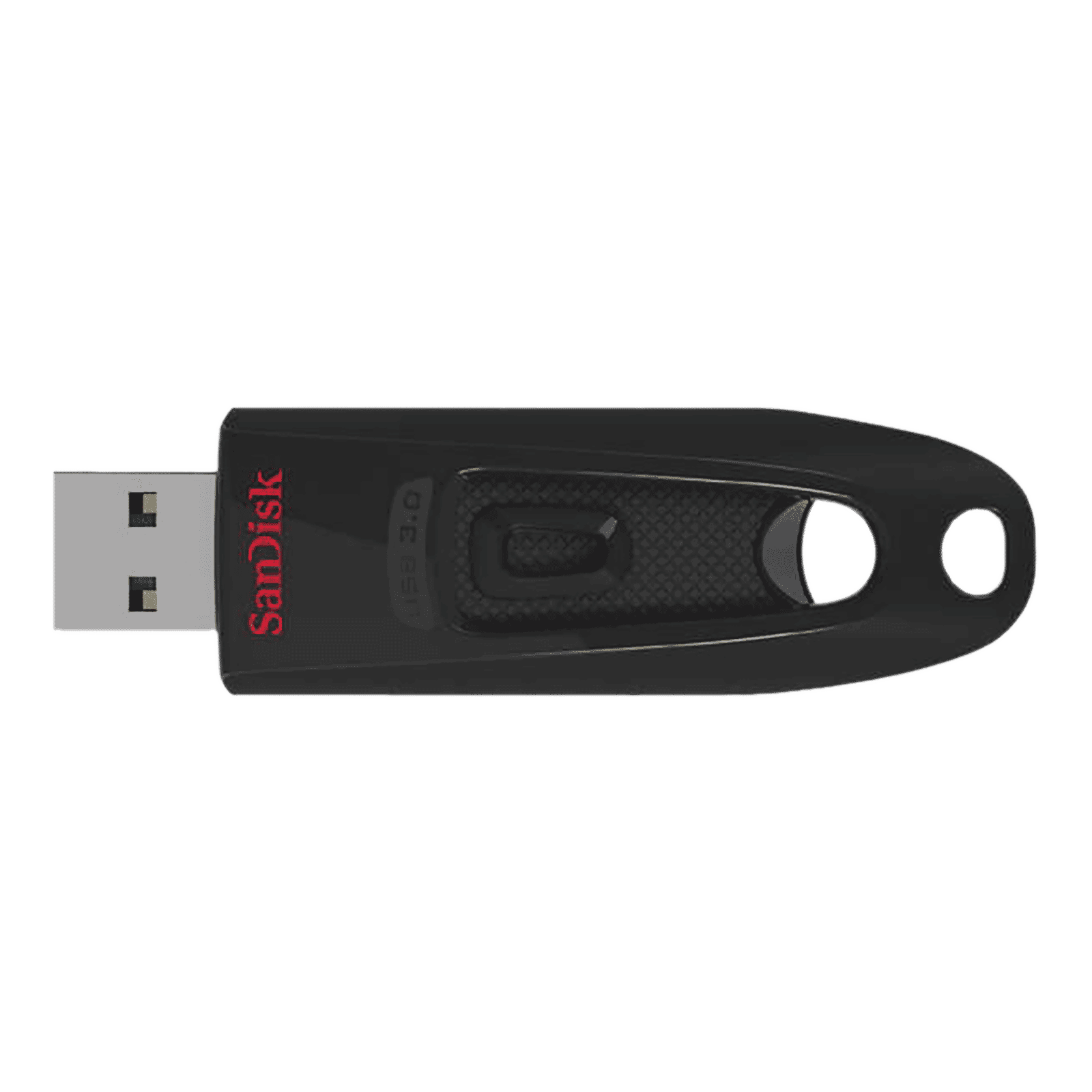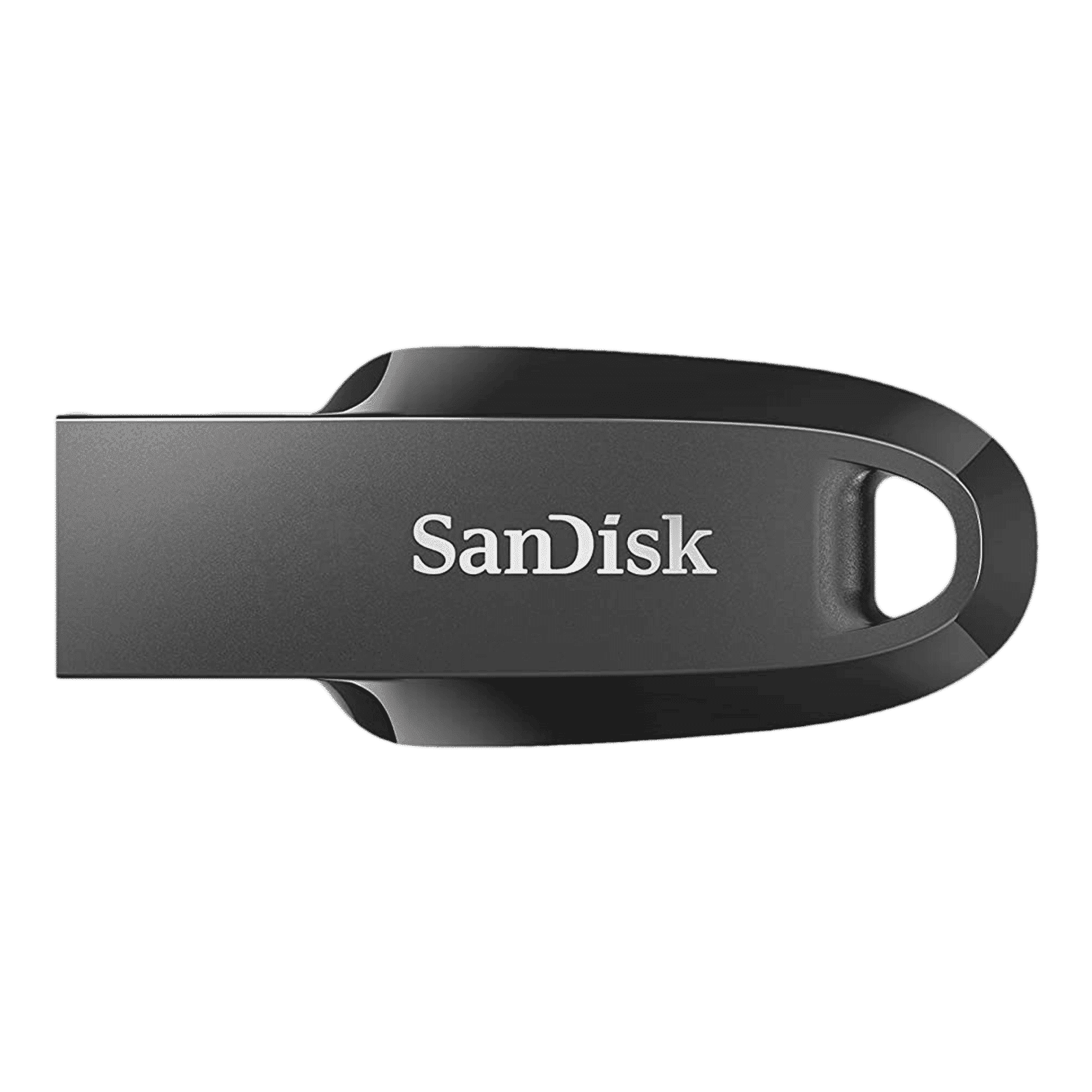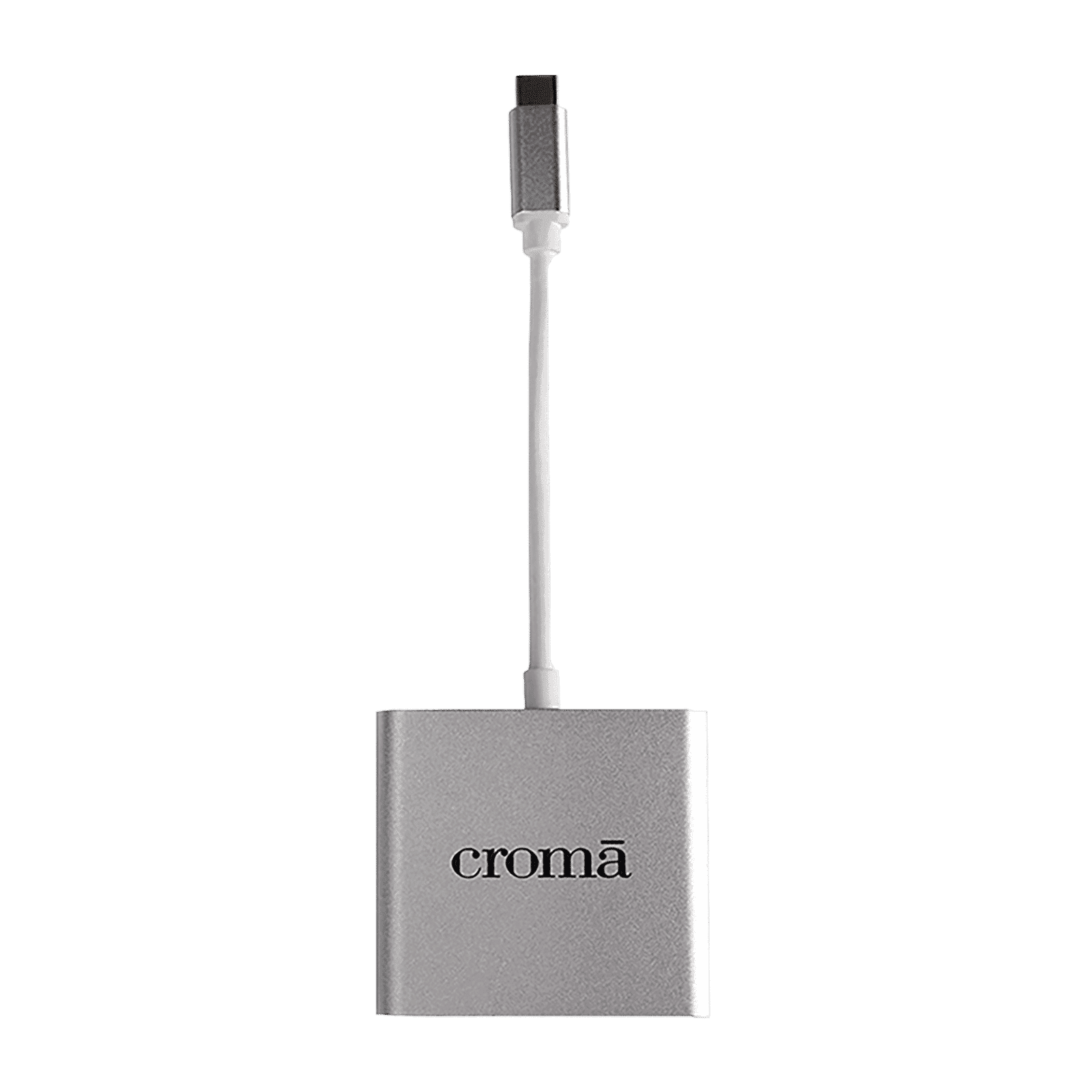%20(Presentation)%20(1600%20x%20600%20px)(104)-e7981044-6d08-4425-b3f9-f97c6bfbc443.webp&w=3840&q=75)
Consumer Electronics
•05 min read

Buy SanDisk Ultra 32GB USB (3.0) Pen Drive (Portable Design, Black) online at best prices from Croma. Check product details, reviews & more. Shop now!
Imagine a day without USB ports—no effortless data transfers, no universal power supply, and no seamless connectivity between your favourite gadgets. USB technology has transformed how we interact with our devices, making our digital lives smoother and smarter. In this blog, we explore how USB works, explain the USB connection process, and unravel its functionality in simple, clear terms. Read on to discover answers to common questions about USB technology, and how understanding its operation can help you make informed decisions about your tech purchases. Earn up to 5% NeuCoins on every purchase at Tata Neu for a smarter, seamless shopping journey.
USB, which stands for Universal Serial Bus, is a standard that has changed the way devices communicate. Born out of the need for a unified interface, USB now connects hundreds of thousands of gadgets, from smartphones to home appliances, and even smart wearable devices. It sets the rules for both data transfer and power delivery, ensuring that devices speak the same language. This consistency is what makes USB technology one of the most trusted connectivity standards in consumer electronics.
At the heart of USB functionality lies a communication protocol that defines a host-device relationship. In simple terms, a host (typically your computer or smartphone) sends requests, and the connected device (like a keyboard or external drive) responds accordingly. When you plug in a USB device, a handshake process begins, where both ends agree on the terms of data transfer. This orderly process is what keeps your data safe and ensures everything works as expected.
The physical connections include cables, connectors, and hubs, while the logical layers work to manage the communication smoothly. This dual approach helps in managing the flow of information and ensures that larger files or crucial data are transferred without error. Every USB connection involves both hardware and software elements working in unison to provide a dependable digital experience. Certain sentences in this section have been shortened for improved clarity and readability.
Data transfer over USB happens in a series of steps. First, data is broken into small packets, which makes it easier to manage and less prone to errors during transmission. These packets are sent using a signalling system that encodes the data, ensuring that every bit reaches its destination accurately. The process is designed to be both efficient and highly effective in managing the constant flow of information between devices.
The speed at which USB transfers data evolves with technology. Early versions like USB 1.x were slower, but as we moved to USB 2.0, there was a significant boost in performance. USB 3.x, including USB 3.0, brought speeds that were up to 10 times faster than its predecessors, reaching impressive rates of up to 5 Gbps. According to a recent 2024 industry study, USB 3.0 continues to be ideal for high-speed data transfers, such as moving large files or streaming high-definition videos. The latest standards, such as USB 4.0, continue this trend, offering unmatched speed and efficiency for high-resolution video streaming, large file transfers, and more.

Buy SanDisk Ultra Curve 32GB USB (3.2) Pen Drive (Compact Design, Black ) online at best prices from Croma. Check product details, reviews & more. Shop now!
Another advantage of USB is its ability to provide power. Modern USB standards incorporate Power Delivery (PD) technology, allowing devices to be charged while data is being transferred. This dual-purpose design saves time and adds extra convenience for users who depend on their devices throughout the day. It means that even as you connect a peripheral device, your gadget can continue charging, reducing the clutter of multiple cables and chargers.
Insight Corner: Did You Know? USB 3.0 can transfer data up to 10 times faster than USB 2.0, with speeds reaching 5 Gbps. This makes it ideal for high-speed data transfers, such as moving large files or streaming high-definition videos. According to a recent 2024 industry study, USB 3.0 remains one of the most reliable standards for consumer electronics.
The evolution of USB has led to the creation of several port types designed to meet diverse needs. Each type has specific advantages, making it easier for various devices to adopt a universal connection standard. From the classic USB Type-A to the more recent USB Type-C, the range of port types supports a wide array of devices and enhances user convenience.
USB Type-A is perhaps the most recognisable and remains widely used for its simplicity and reliability. USB Type-B, on the other hand, is often employed in devices like printers. Mini USB and Micro USB were once popular in mobile devices, while USB Type-C is now leading the charge with its reversible design and advanced capabilities. With USB Type-C gaining ground, many expect it to become the universal standard for both data transfer and power delivery in the near future.
One of USB's greatest strengths is its backward and forward compatibility. This means that newer devices can generally work with older USB ports, ensuring that your investments in technology remain useful even as standards evolve. Compatibility is key, especially when you are considering gadgets and accessories that need to interact seamlessly. Approaching your tech purchases with this awareness can help you maintain a smart, efficient setup for your digital life.
When you plug a USB cable into your device, a series of steps begin immediately. The process starts with a handshake protocol, where the host and peripheral establish communication. During this phase, device drivers play a vital role in ensuring that the connection is recognised and configured properly. After this initial exchange, data packets are prepared and transferred according to the pre-established protocol, ensuring every bit of data is accounted for.
The efficiency of the USB connection process is largely due to its robust error-checking mechanisms. Every data packet is monitored, and errors are flagged for quick correction. This synchronisation is essential for maintaining the integrity of your data, making sure files arrive undamaged and complete. For everyday users, this means reliability you can trust, whether you are transferring important documents or enjoying your favourite multimedia content.

Buy Croma USB 3.0 Type C to USB 2.0 Type A, USB 3.0 Type C, HDMI Type A USB Hub (High-Quality Material, Silver) online at best prices from Croma. Check product details, reviews & more. Shop now!
USB is a standard interface used to connect devices and deliver power as well as data. It functions by establishing a communication protocol between a host and a peripheral, ensuring reliable performance and data integrity. Additionally, it supports queries like 'How USB works in computer' and 'USB communication protocol' to enhance understanding.
It works via a protocol that breaks data into packets for transmission, while also managing power delivery to connected devices. This ensures efficient communication and charging at the same time.
The USB protocol is based on a master-slave system where the host controls the communication process. It uses signalling and encoding to translate data into packets that are transmitted securely and effectively.
Data is broken into small packets and transmitted using USB signalling and encoding techniques. The process involves error checking to maintain the integrity of the information being transferred.
You will find various types including USB Type-A, Type-B, Type-C, Mini USB, and Micro USB. Each type serves different purposes, with USB Type-C being the latest and most versatile solution for today’s devices.
USB technology is a cornerstone of modern electronics, playing an essential role in the way we connect, transfer data, and charge our devices. By understanding how USB works—from its underlying communication protocols to the variety of port types—it becomes easier to appreciate the convenience and reliability it offers. Whether you're a tech enthusiast, a busy professional, or simply someone who values smart, efficient technology solutions, knowing the ins and outs of USB can help you make better-informed decisions. With innovations such as accelerated data speeds and advanced power delivery, USB remains a trusted feature in the world of consumer electronics. Explore the benefits and rewards of smart transactions on platforms like Tata Neu, which offer Express Delivery and expert guidance from Croma to reinforce customer trust and value. Enjoy your journey into the world of electronics with confidence and clarity.